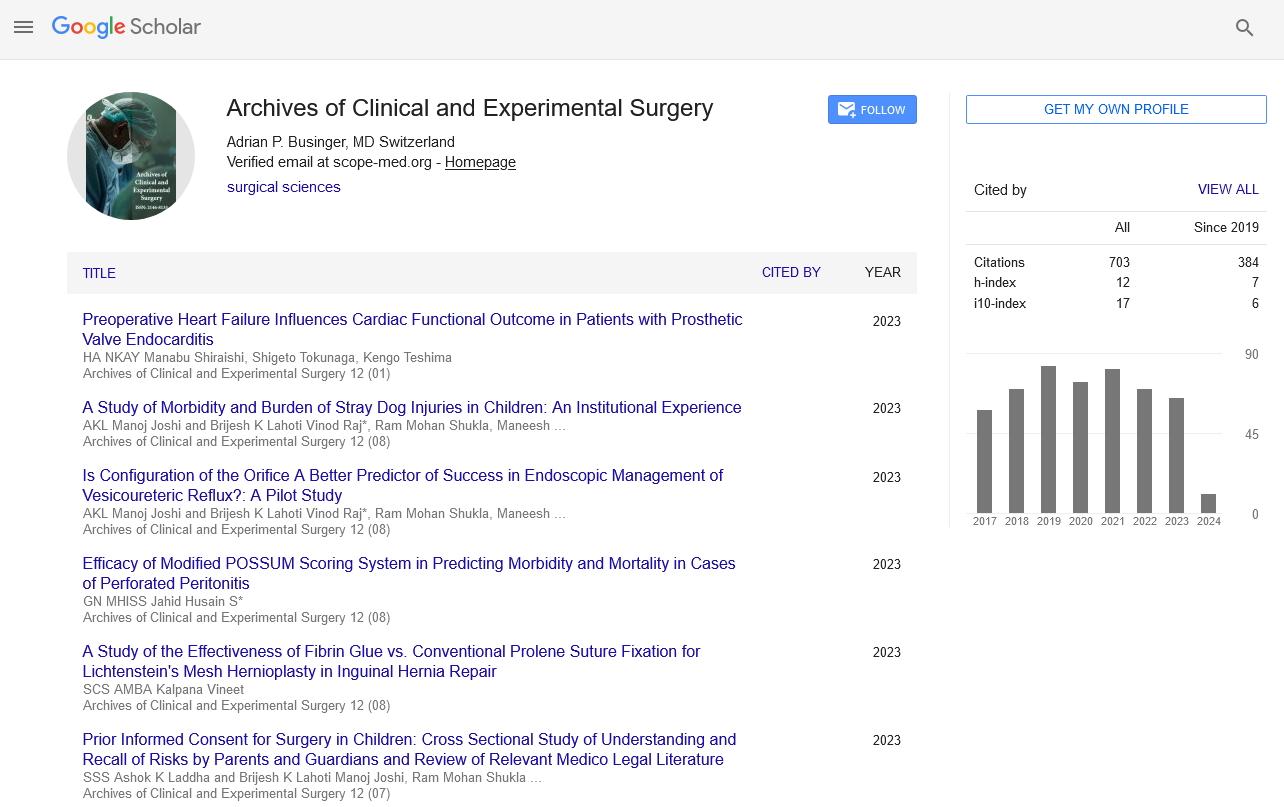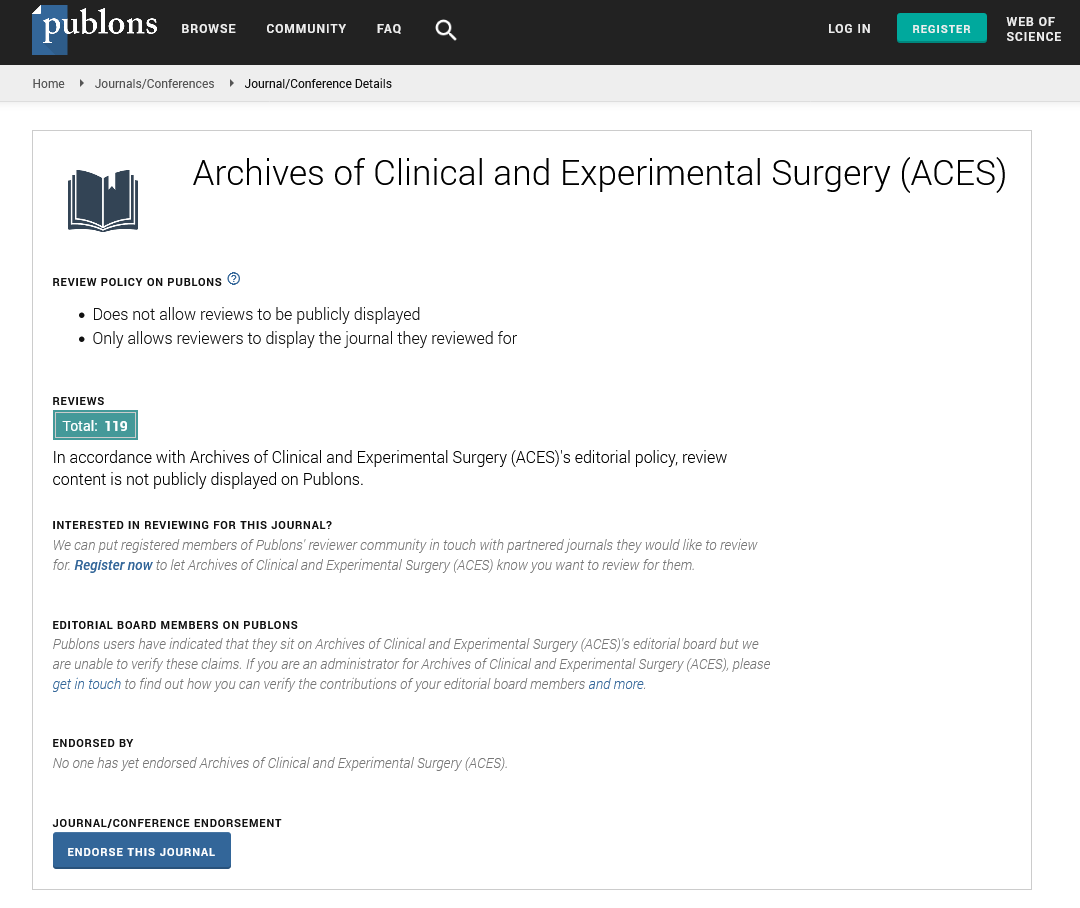Does Transinguinal Preperitoneal Repair (Tipp) has an Edge Over Lichtenstein?s Repair? A Comparative Study
Abstract
Guru Prasad, Jahid Husain S*, Pratheep Karthick P, Moparthy Venkatesh and Gowtham K
Background: Many procedures had been advocated for inguinal hernia repair. Herniorraphy had been overshadowed by Lichtenstein’s mesh repair but off late it has been advocated placing a preperitoneal mesh has less complications. The aim of this study is to compare Transinguinal Preperitoneal Repair (TIPP) with Lichtenstein repair. Materials and methods: This was a prospective comparative study of adult age>18 years who had undergone inguinal hernia repair over one-year period between June 2023 to May 2024 with a minimum follow up period of 6 months. The age, presenting symptoms, side of the hernia, interval between symptom and presentation, operative procedure performed, intra-operative finding/content of the hernia sac, post-operative complications, duration of hospital stay, outcome of treatment and recurrence rates were assessed. Results: A total of 100 cases of inguinal hernia repairs were undertaken. Out of this number, 50 underwent Lichtenstein repair and 50 underwent transinguinal preperitoneal repair. There was no difference in acute pain in both the arms. Seroma was the second most common post-operative complication which was statistically significant in the Lichtenstein repair arm. While chronic inguinodynia was found more in Lichtenstein repair and in the same arm four recurrences occurred, two within 6 months and the other two after a year. Conclusion: Inguinal hernia repair is a constantly evolving entity. TIPP repair has few acute complications and seem to have lesser chronic complications compared to Lichtenstein repair. Maybe the time has arrived for a paradigm shift in treating inguinal hernias.
HTML PDF






